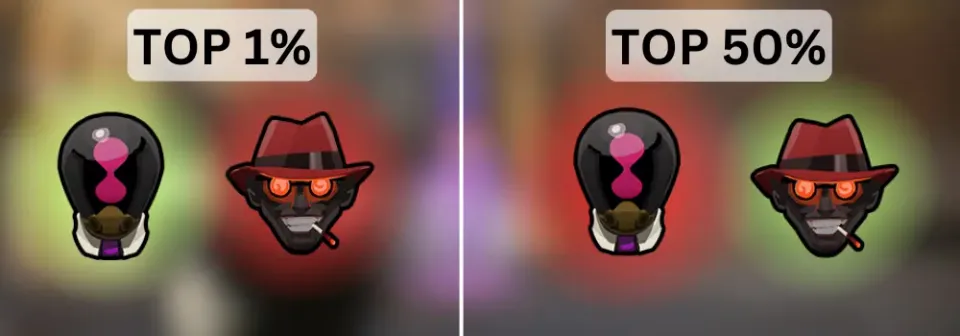crypto
hardcoreStake – official betting partner of Vitality

crypto
hardcoreStake – official betting partner of Vitality
Team up with
the champions! Stake – official betting partner of Vitality
Gaming
09:41, 14.10.2024

Deadlock is a MOBA game with different characters typical of this genre. Of course, there are both difficult and easy heroes to master or play. A hero can be mechanically challenging, dependent on game knowledge and team communication, meaning everything comes down to the player’s skill level.
Deadlock is no exception to this rule. Although the game doesn’t have many heroes yet, some heroes have garnered more attention from higher MMR players. For example, Haze, as one of the most popular heroes, is not mechanically difficult, and if she gains a small advantage, she can snowball and dominate the entire map. She’s very strong among the top 50% of players, but against stronger opponents, she performs much worse. Players with better game understanding can easily track her on the map, build the right items, and not waste control abilities, etc.

Not every player can maximize the potential of a hero, and this is true for more challenging heroes like Paradox, Viscous, Pocket, or Yamato. The mechanics and gameplay of these heroes require significant skill and game knowledge. These heroes become relevant only after the top 10% of players, when players understand wave management, map rotation, farming, and other macro aspects, including good mechanics. This is especially noticeable at the top 1%, where heroes are selected to complement team compositions, prioritizing other strong heroes or being creative with any of them. At lower levels, it's the opposite: players can’t perform as well on a hero like Paradox, though they can still learn and press the buttons decently. However, the fact remains that understanding the game and decision-making during the match are crucial. That's why at lower ranks, heroes that are simple to execute, such as Infernus, Mo & Krill, and Haze, are extremely powerful.
Sometimes, certain conditions need to be created for heroes, and more often, it's at higher ranks where these conditions can be met. One of the most interesting heroes to consider is Infernus. While he is an easy and really strong hero, it’s actually very hard to play him from behind or when being pressured in the lane. In such cases, your supports create a lot of space for you, and during the game, you can always count on excellent engages and play as a follower. This is how strong players are using him now to secure easy wins.
So, the reasons for this are:


Of course, there are exceptions in Deadlock. Dynamo, although labeled as a good hero for beginners, is very unpopular and performs poorly at low levels. The problem lies in both the hero's design and team communication, as well as other in-game factors. Additionally, after the last update, the hero McGinnis has become incredibly strong again. This is one of those cases where an extremely easy-to-execute hero becomes powerful, making them effective for everyone. In such cases, the hero is considered overpowered and will likely be nerfed soon. A similar hero is Abrams, though his abilities offer a bit more potential, and his skill set is slightly higher.

Deadlock exemplifies the dynamics of MOBA games, where hero performance varies depending on player skill level, game understanding, and the ability to work within a team. While certain heroes like Haze or Infernus are accessible and powerful for beginners, they often struggle against more experienced players who can counter their strengths with strategy and mechanics. Conversely, challenging heroes such as Paradox and Yamato require deeper knowledge and mastery, only becoming truly impactful at higher levels of play. The game also sees balance shifts through updates, as heroes like McGinnis and Abrams. They are overpowered in every MMR, so developers are trying to nerf them. Ultimately, success in Deadlock is shaped by not just individual skill but a holistic understanding of game mechanics, team dynamics, and hero adaptability.
No comments yet! Be the first one to react